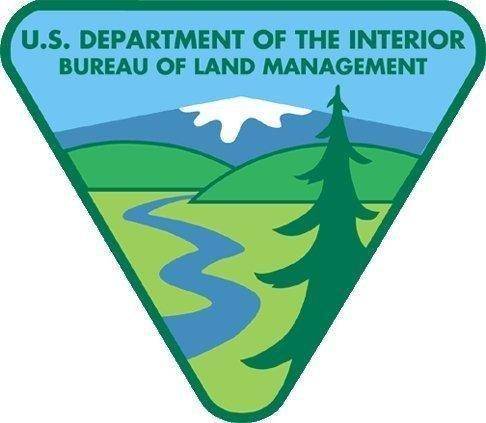Salt Lake City, Utah – The Bureau of Land Management (BLM) is now seeking public comment on an environmental assessment (EA) analyzing the potential impacts of a recreational land exchange.
The Utah Recreational Land Exchange Act of 2009, passed on Aug. 19, 2009, directs the exchange of lands between the Secretary of the Interior and the State of Utah, School and Institutional Trust Lands Administration. The exchange involves approximately 46,000 acres of state lands and 36,000 acres of BLM-managed lands located throughout Uintah, Grand, and San Juan Counties in eastern Utah.
The exchange would allow for the consolidation of both federal and state ownership patterns. The federal government would acquire valuable recreation and conservation lands within wilderness study areas, Areas of Critical Environmental Concern, and other sensitive areas; and the state would acquire lands that have a high potential for energy development.
Additional information about the proposed exchange is included in the EA, which is now available for public review and comment. An electronic copy of the EA can be found by accessing the BLM’s Electronic Notification Bulletin Board at: https://www.blm.gov/ut/enbb/index.php and entering “Utah Recreational Land Exchange” in the Project Name.
The public review and comment period for this EA is open until May 17, 2013. Please note that the most useful comments are those that identify issues relevant to the proposed action or contain new technical or scientific information. Comments which contain only opinions or preferences will not receive a formal response, but may be considered in the BLM decision-making process.
Please reference “Utah Recreational Land Exchange” when submitting comments. Written comments should be mailed to: Bureau of Land Management Attn: Joy Wehking 440 West 200 South, Suite 500 Salt Lake City, UT 84101 Written comments may also be submitted via email to: BLM_ut_comments@blm.gov
Before including your address, phone number, email address, or other personal identifying information in your comment, you should be aware that your entire comment – including your personal identifying information – may be made publicly available at any time. While you can ask us in your comment to withhold your personal identifying information from public review, we cannot guarantee that we will be able to do so. BLM will not consider anonymous comments. All submissions from organizations and businesses, and from individuals identifying themselves as representatives or officials of organizations or businesses, will be available for public inspection in their entirety.
For further information concerning the document, please contact Joy Wehking at (801)-539-4114. Persons who use a telecommunications device for the deaf (TDD) may call the Federal Information Relay Service (FIRS) at 1-800-877-8339 to contact the above individual during normal business hours. The FIRS is available 24 hours a day, seven days a week, to leave a message or question with the above individual. You will receive a reply during normal business hours.
The BLM manages more than 245 million acres of public land – the most of any Federal agency. This land, known as the National System of Public Lands, is primarily located in 12 Western states, including Alaska. The BLM also administers 700 million acres of sub-surface mineral estate throughout the nation. In Fiscal Year (FY) 2011, recreational and other activities on BLM-managed land contributed more than $130 billion to the U.S. economy and supported more than 600,000 American jobs. The Bureau is also one of a handful of agencies that collects more revenue than it spends. In FY 2012, nearly $5.7 billion will be generated on lands managed by the BLM, which operates on a $1.1 billion budget. The BLM’s multiple-use mission is to sustain the health and productivity of the public lands for the use and enjoyment of present and future generations. The Bureau accomplishes this by managing such activities as outdoor recreation, livestock grazing, mineral development, and energy production, and by conserving natural, historical, cultural, and other resources on public lands.

